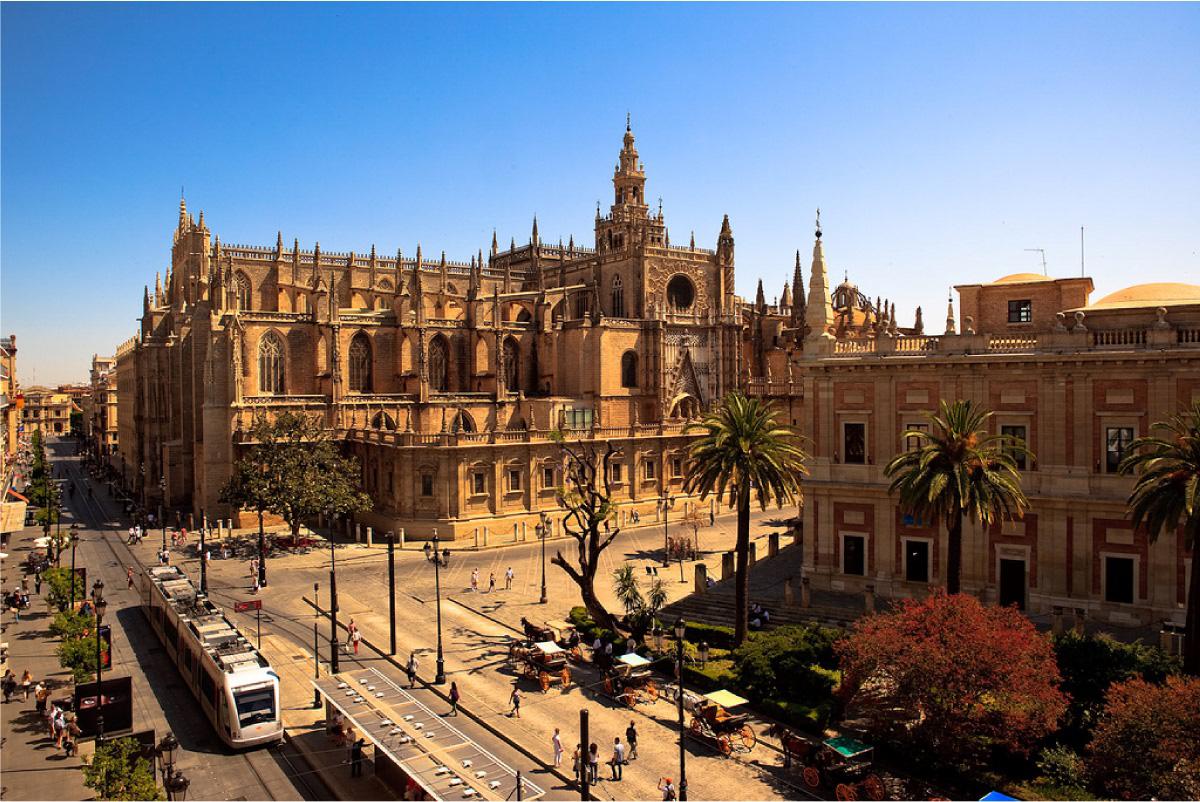Jingshan Park
Jingshan's history dates to the Liao and Jin dynasties, almost a thousand years ago. The 45.7-meter (150 f...

The Sagrada Família is an iconic basilica located in Barcelona, Spain, and is one of the most famous landmarks in the country.The Sagrada Família stands as a testament to architectural ingenuity, artistic brilliance, and spiritual devotion. Its awe-inspiring beauty and ongoing construction make it a must-visit attraction for travelers to Barcelona and architecture enthusiasts worldwide.
The Alhambra

The Alhambra is a testament to the rich Islamic heritage of Spain and offers a captivating experience with its stunning architecture, intricate details, and serene gardens. It is a must-visit destination for history enthusiasts, architecture lovers, and anyone seeking a glimpse into the enchanting past of Andalusia.
Royal Palace

Visiting the Royal Palace in Spain offers a glimpse into the country's rich history, royal traditions, and architectural beauty. It is a must-visit destination in Madrid for those interested in experiencing royal grandeur and exploring one of Europe's most impressive palaces.
Seville Cathedra

Visiting the Seville Cathedral offers a captivating experience, immersing visitors in its rich history, architectural grandeur, and religious significance. Its awe-inspiring beauty and cultural importance make it a must-see attraction for travelers to Seville and architecture enthusiasts worldwide.
Picasso Museum

Picasso Museum, also called Musée National Picasso, museum in Paris dedicated to showcasing the paintings, drawings, engravings, and sculptures of the Spanish-born artist Pablo Picasso. The Picasso Museum opened in Paris in 1985 with a total of 228 paintings, 149 sculptures, and nearly 3,100 drawings and engravings.
Montserrat Natural Park

In Montserrat Mountain Nature Reserve its natural and environmental assets, making it an emblematic enclave of Catalan culture, are well worth a mention. Montserrat Mountain stands out on the horizon a long time before you arrive at its base. It is an immense rocky mass, crowned by sharp peaks and crests of rocks.
Camp Nou Stadium

The appointment of Francesc Miró-Sans as president of FC Barcelona, on 14 November 1953, was to relaunch the project. Invested in February of the following year, Miró-Sans decided in favour of the land acquired in 1950, and the first stone of the stadium was laid on 28 March 1954.[18] A procession of several thousands of people made the journey from the Camp de Les Corts to La Masia de Can Planes, where the ceremony of laying the first stone was held, a solemn ceremony in the presence of Miró-Sans, the head of the Civil Government of Barcelona and the archbishop of Barcelona, Gregorio Modrego.


Our experts offer comprehensive advice on destinations and types of trips that appear in their Profiles and some of their experiences are shared as these Travel Stories If you like the story and want to connect you could book an appointment for a consultation with them from here directly.

You could search for Experts by Destination or their Special Expertise in a specific type of trip.